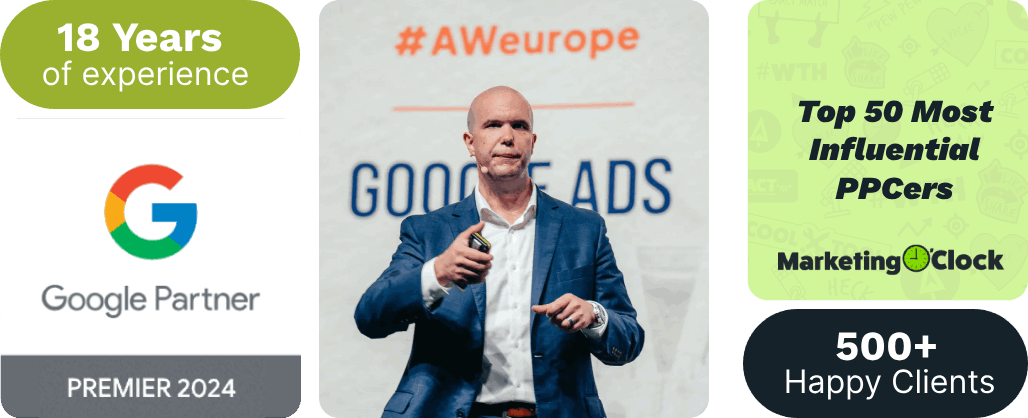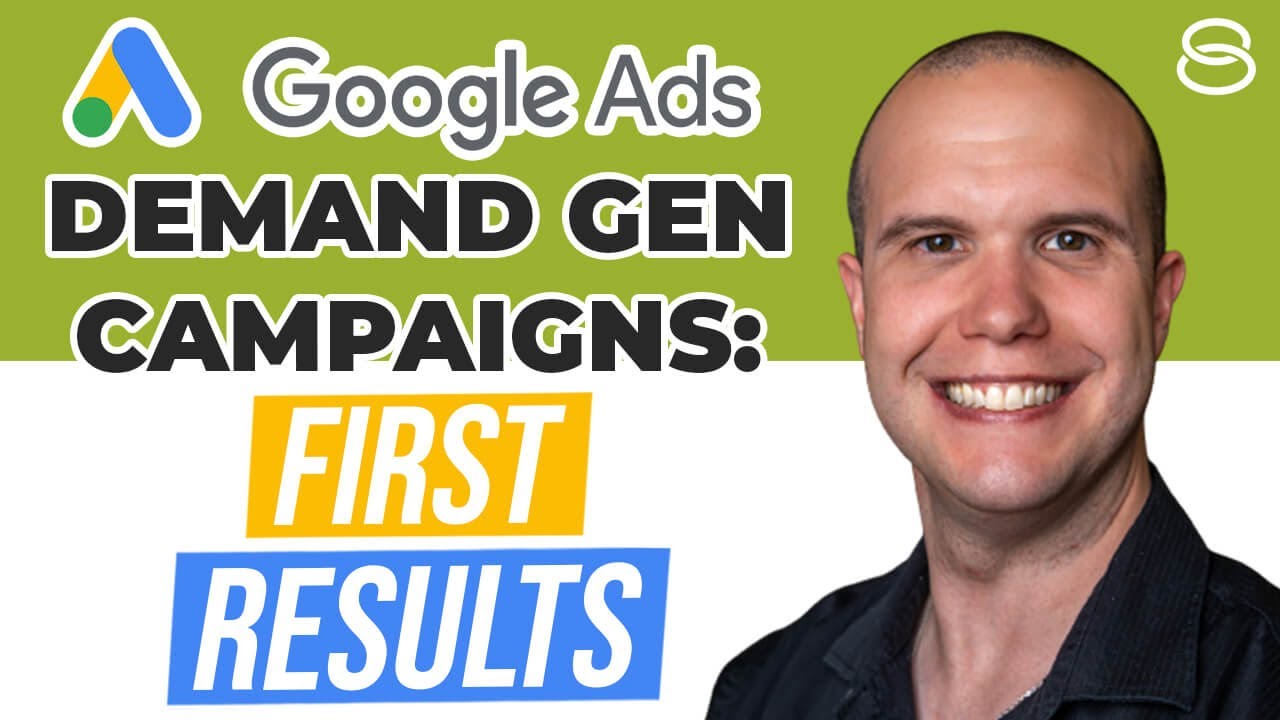Are you running lead generation campaigns in Google Ads?
If you are having trouble getting enough traction and not hitting your conversion goals, try this quick tip from our Google Ads aficionados and the stars of our Curry, Cheese, and Vegemite podcast.
In this video, Glen, Colby, and Usama talk about what to do when you are running several lead generation campaigns separately but only a handful are doing well—while the others are generally tanking.
The following is a quick rundown of what they recommend.
Start by making a shared bid portfolio.
According to Google, portfolio bid strategies are “AI-powered, goal-driven bid strategies that help you optimize bids across multiple campaigns.”
In order to reach the desired 30-conversion threshold, Colby says he likes to create a shared bid portfolio. That way, you can combine all of those lead generation campaigns together, and all of their conversion data is going to be pooled together.
When you do this, you will be getting well over 30 conversions and these campaigns will have a better understanding of what converts and what doesn’t. Then, says Colby, you are going to start to see performance slowly but surely starting to work.
He says the strategy, which he has used more than a handful of times so far, has produced really good results each time.

Remember this important rule.
Usama agrees that the strategy is “an amazing saving grace” if you are running a bunch of campaigns and nothing is working—but he says there is an important rule to follow:
After you put all of the campaigns into your portfolio bid strategy, do not touch anything for 30 days. Because as soon as you touch it, you’ve ruined it.
“I usually just end up putting the target I want, and then I put a really high budget on it,” explains Usama. He explains that it likely won’t spend the whole budget because his target is pretty aggressive, but over time it will try to hit that target, pull back, and essentially zigzag its way up to hitting the target and scaling. The key, however, is not touching ANY of the campaigns or bidding strategies and just leaving it alone for a month.
After 30 days have passed, you can then reassess and make changes if you need to, but ideally you really don’t want to touch it at all. “You just set it, and then the last thing you want to do is probably just increase budgets after that.”
When to start scaling (or not)
Glen then brings up a good point, asking what you should do if only a couple of the campaigns within the portfolio bid strategy are responsible for the majority of the conversions.
For example, if you have five Standard Shopping campaigns in a portfolio bid strategy, what should you do if two of those five are capturing 80% of the conversions? The 30 days have come and gone and you are more or less hitting your tROAS goal, but the other three campaigns are hardly spending and hardly getting conversions. What is your next step?
It depends, says Usama, and asks how many conversions the two stronger campaigns are getting. Glen says very small—in the 30 days, the portfolio bid had 50 conversions shared between all five campaigns, but two of them were responsible for 80% and the other three were just meh.
“The first thing you want to see is if that individual campaign has enough data,” says Usama. So, if you are looking at an individual campaign that has done significantly well, and if you have hit your threshold and there is enough conversion data that you are comfortable with, Usama says he would pull out that campaign and start scaling it separately. (Colby refers to this as “graduating” a campaign.)
However, if there is not enough data, and you are still under your thresholds, he says he would just increase the budget on the overall portfolio and leave it alone.
Let us know if you follow these tips and how they work for you!
Author
Pamela is the Senior Content Writer at Solutions 8. When she's not writing, you can find her hiking in the woods with her dogs. She is currently on a quest to visit every national park in the United States.
 Pamela Sapio
Pamela Sapio










